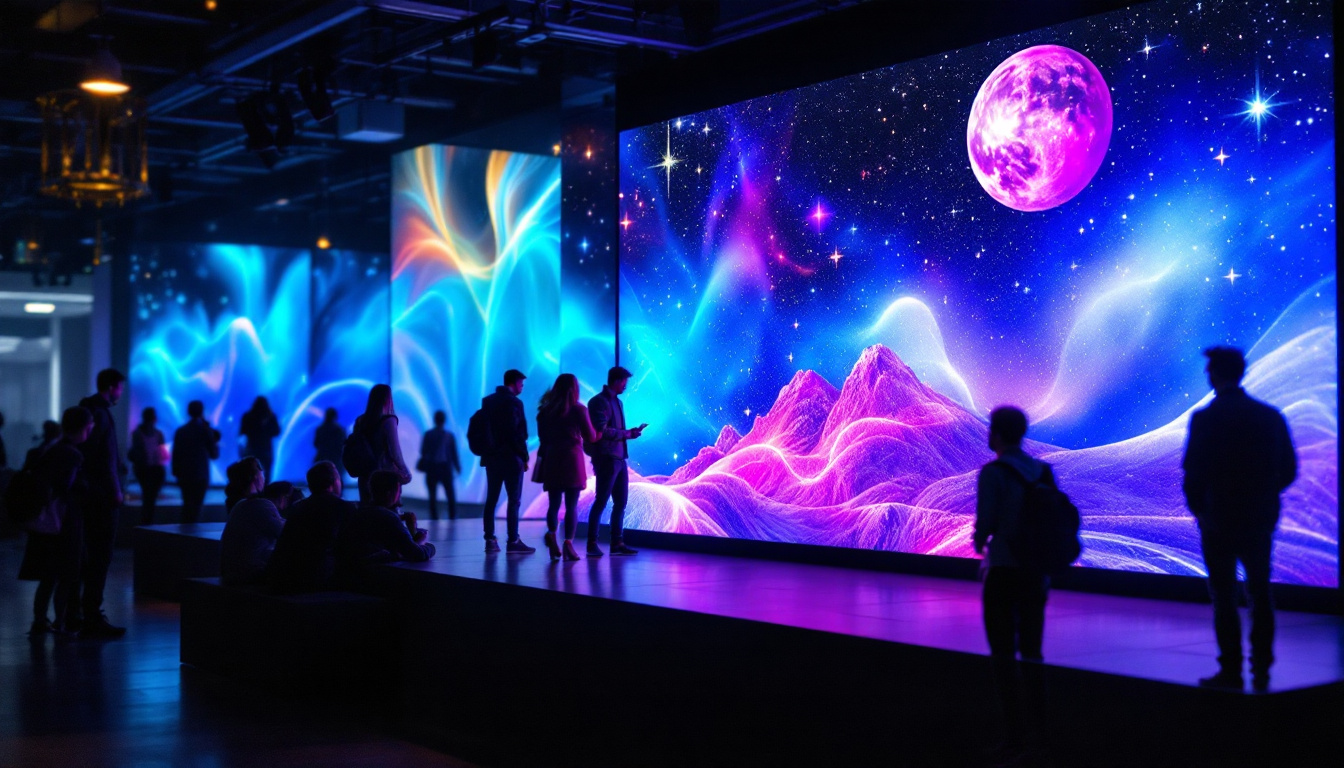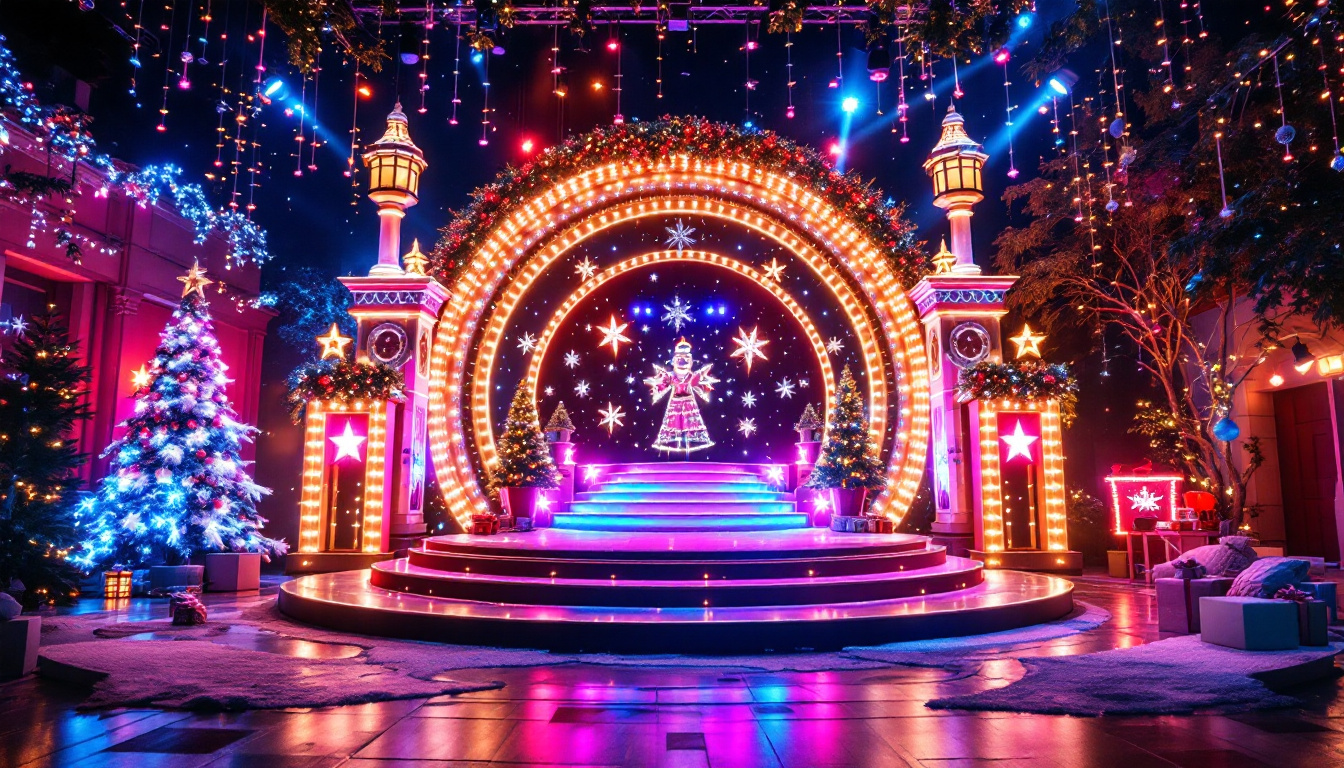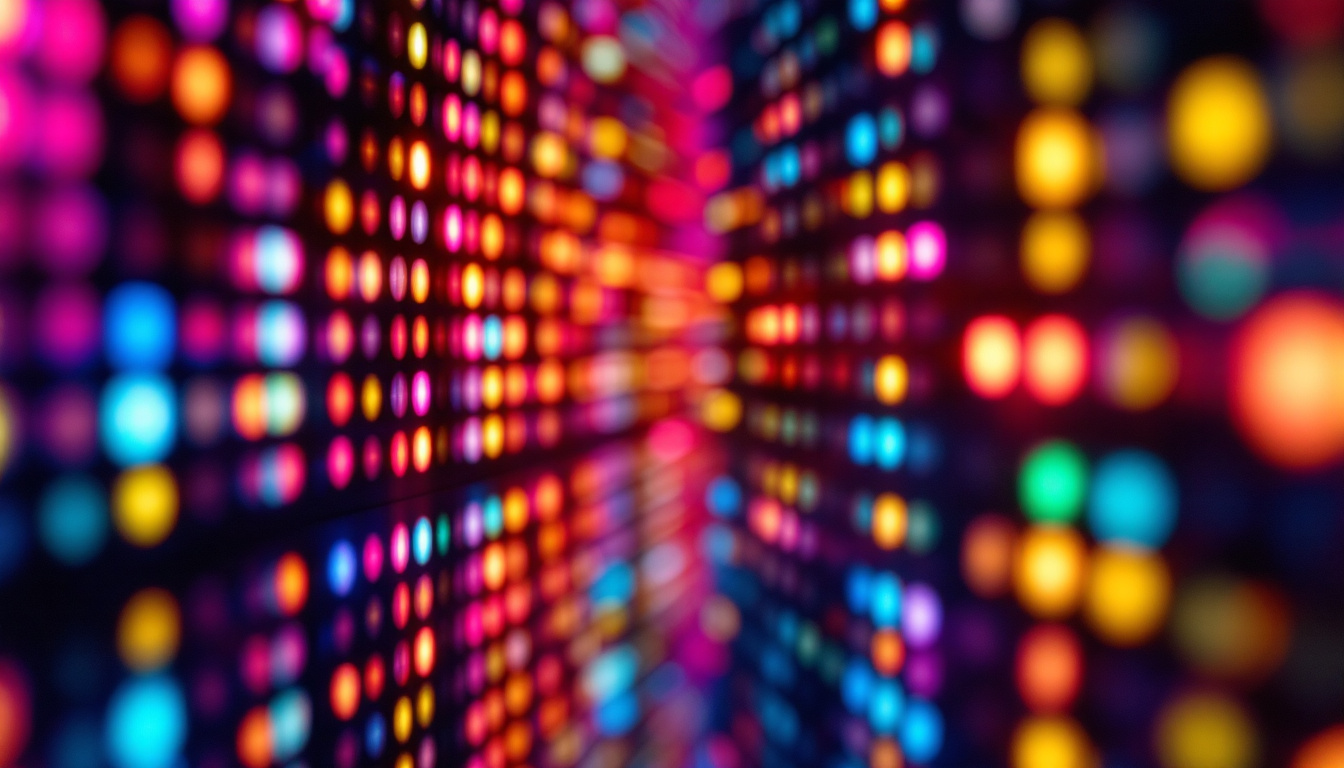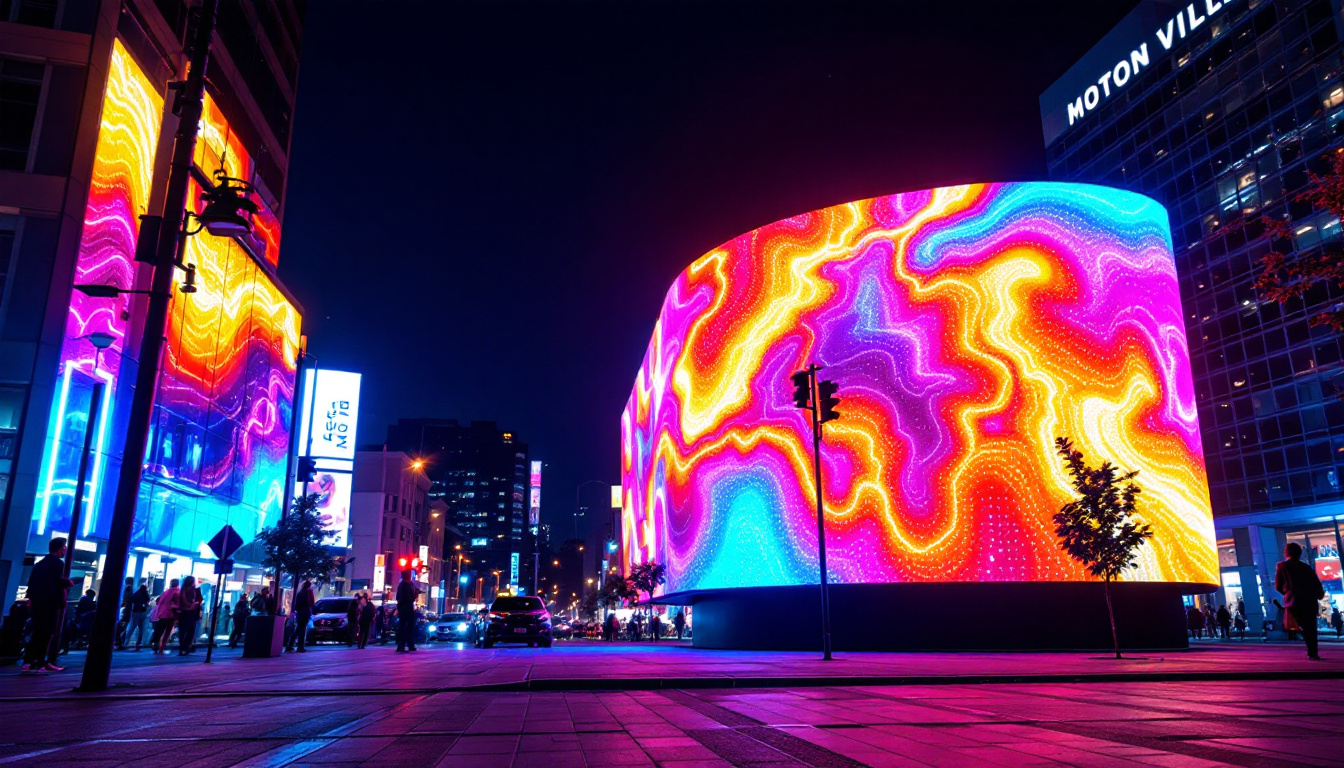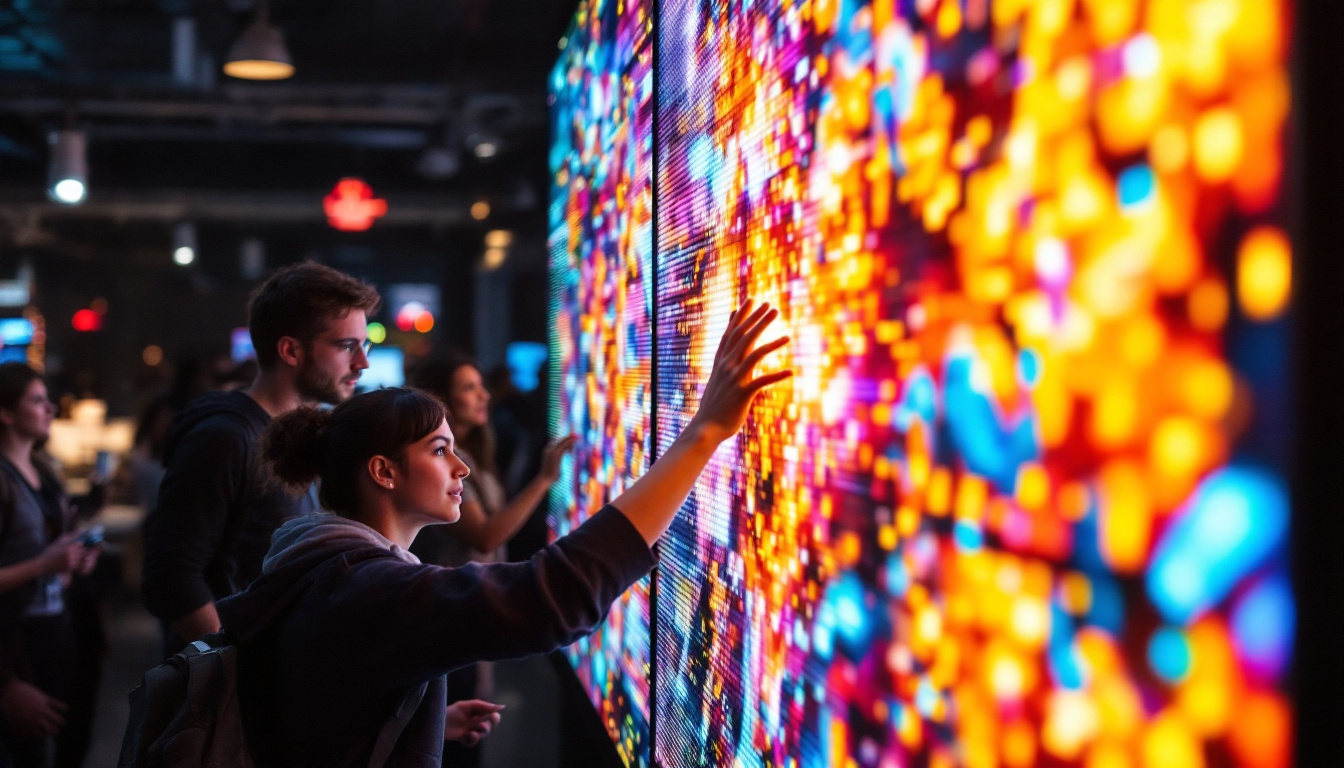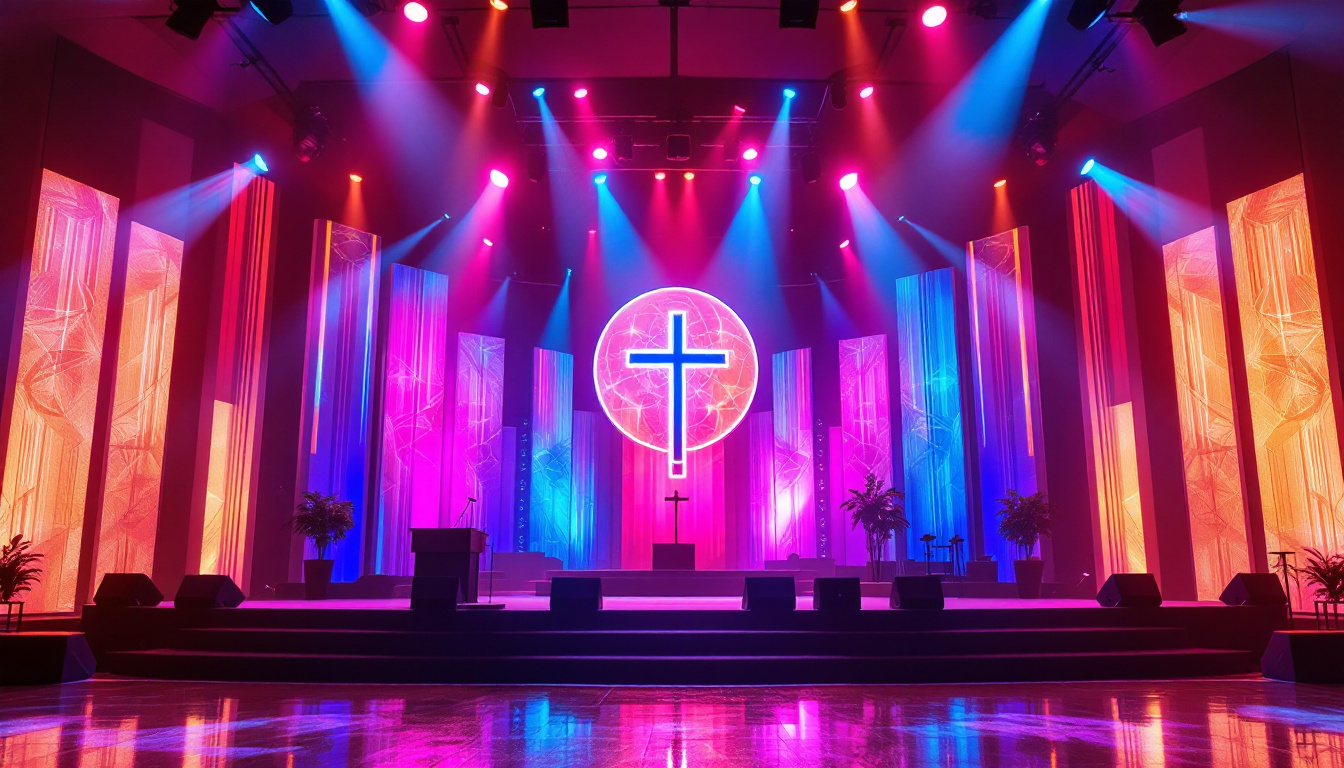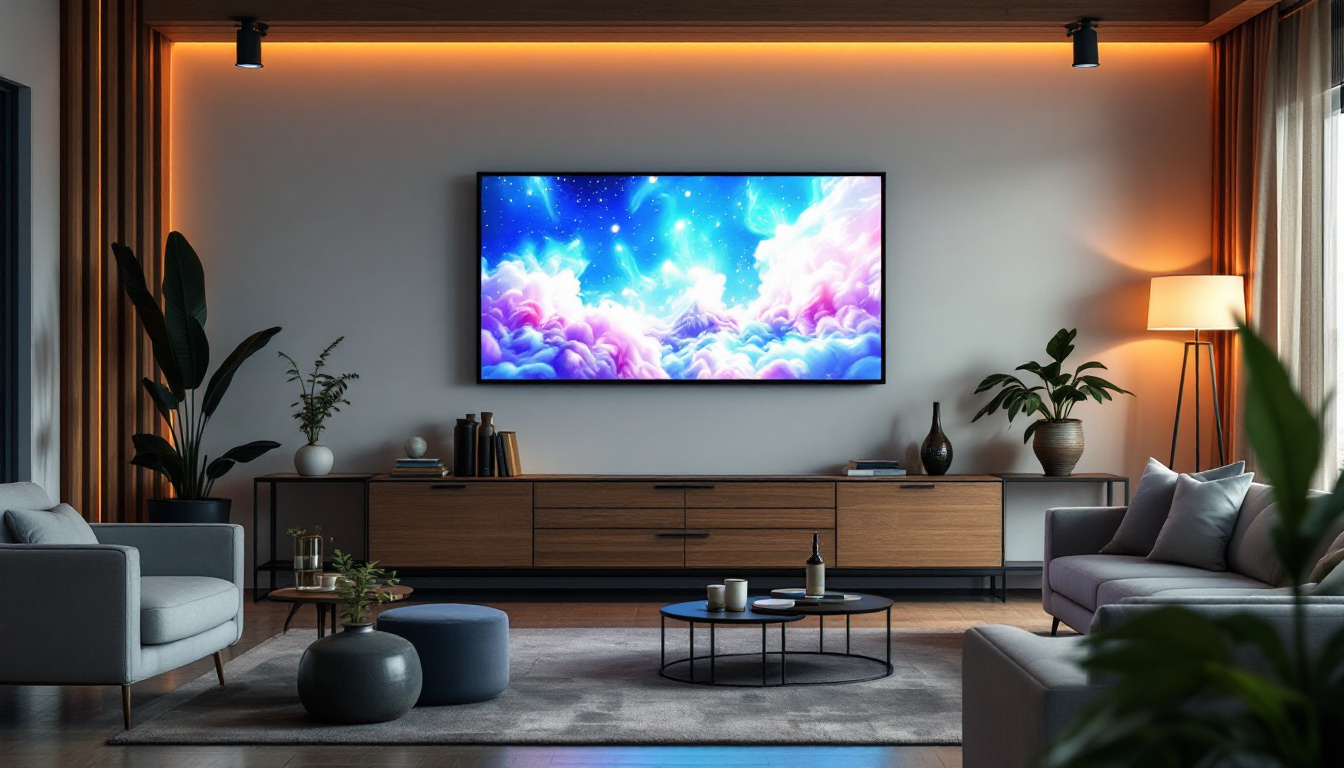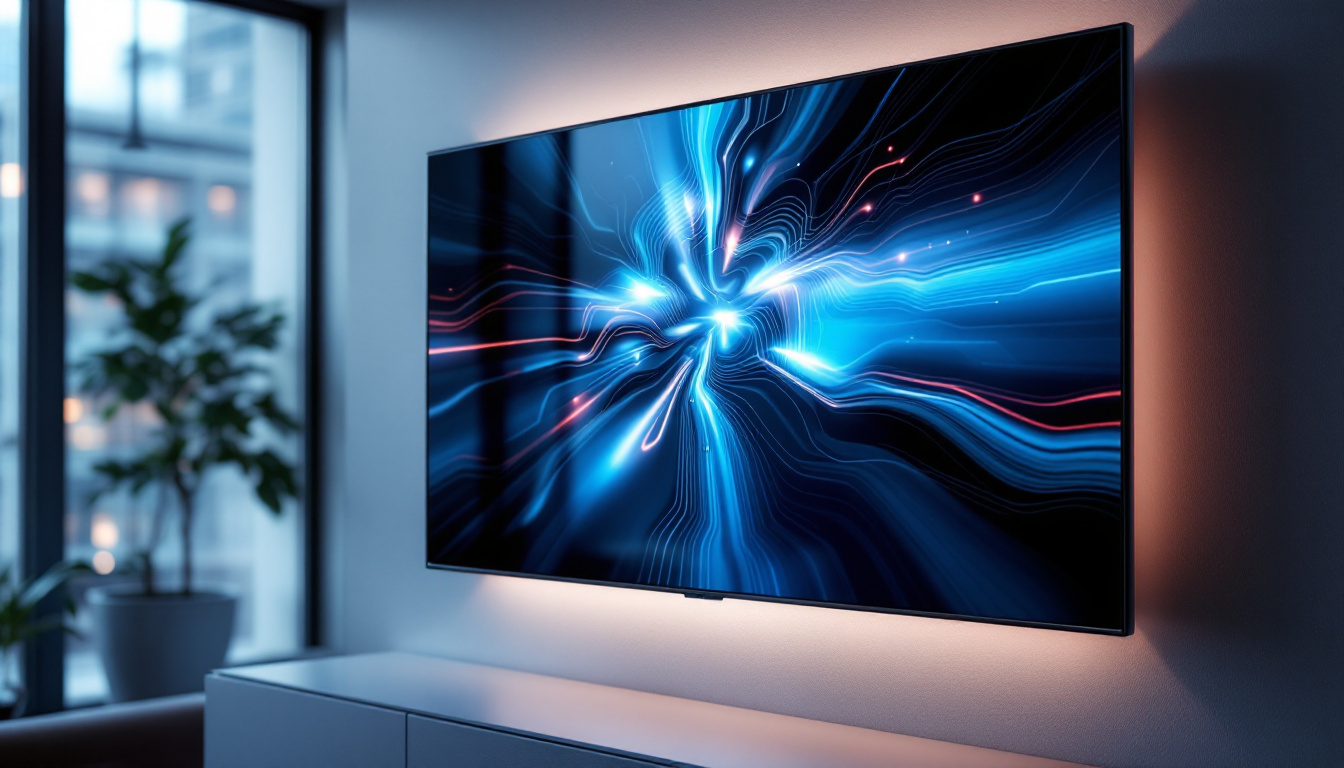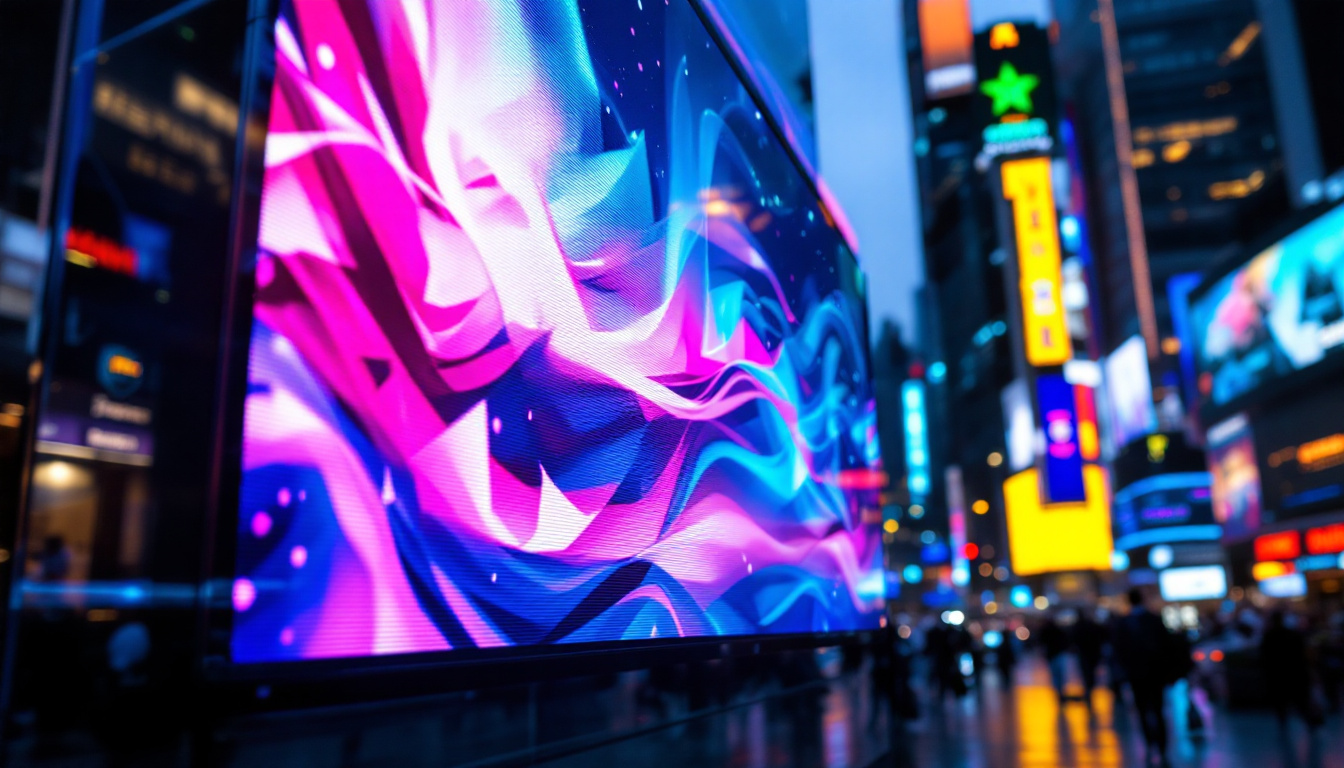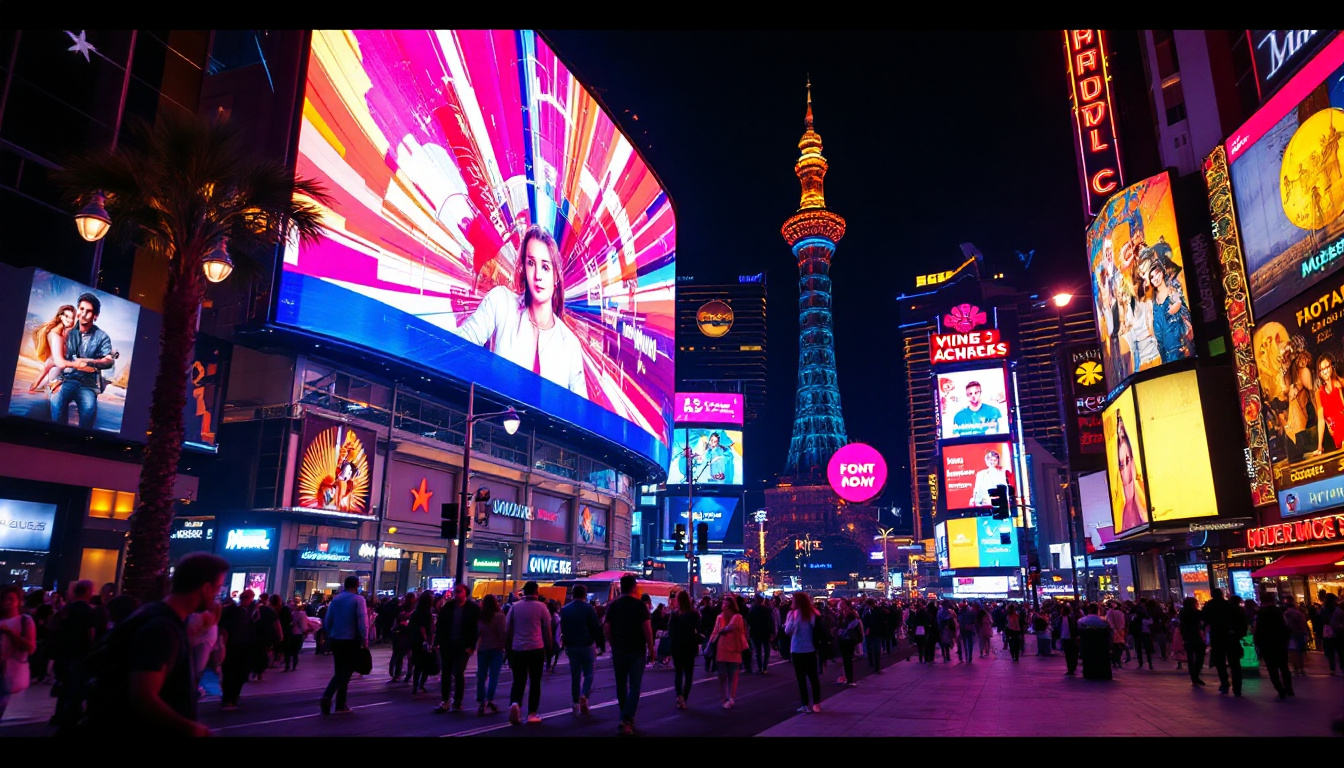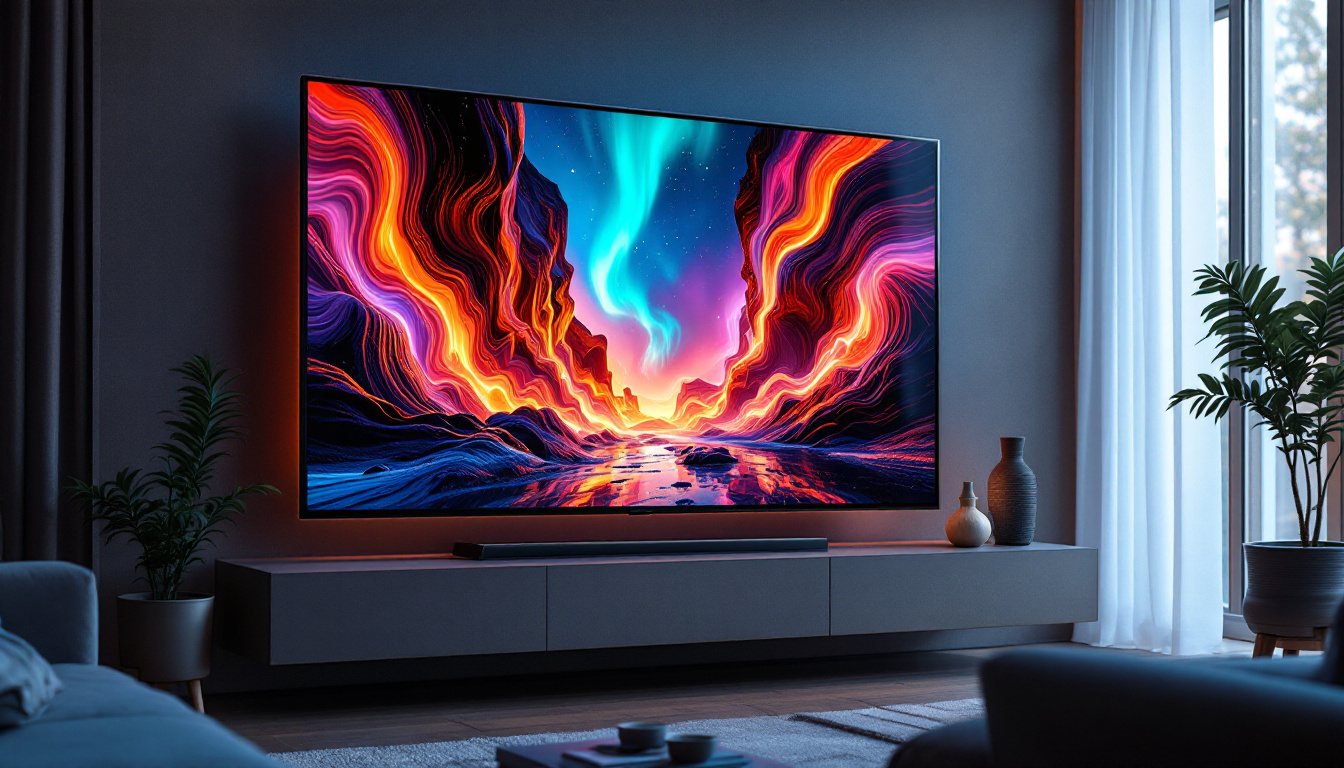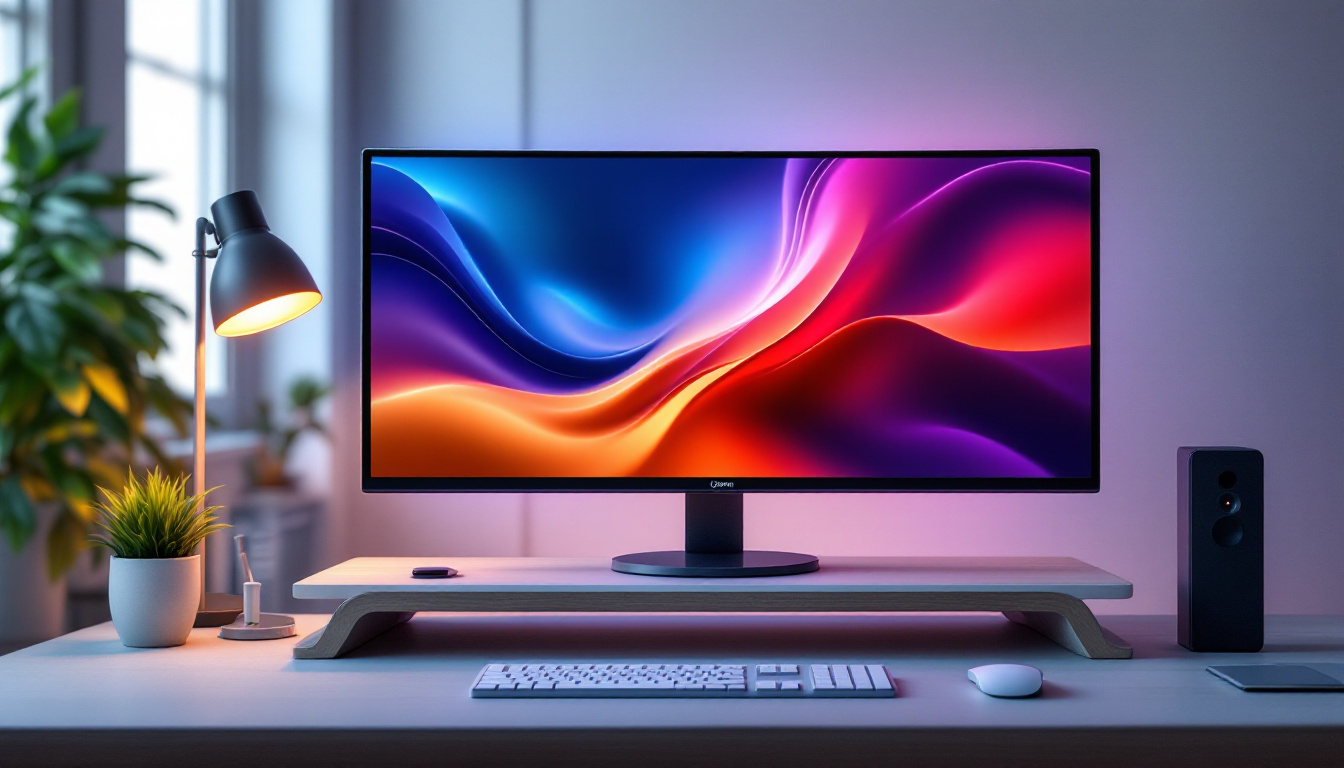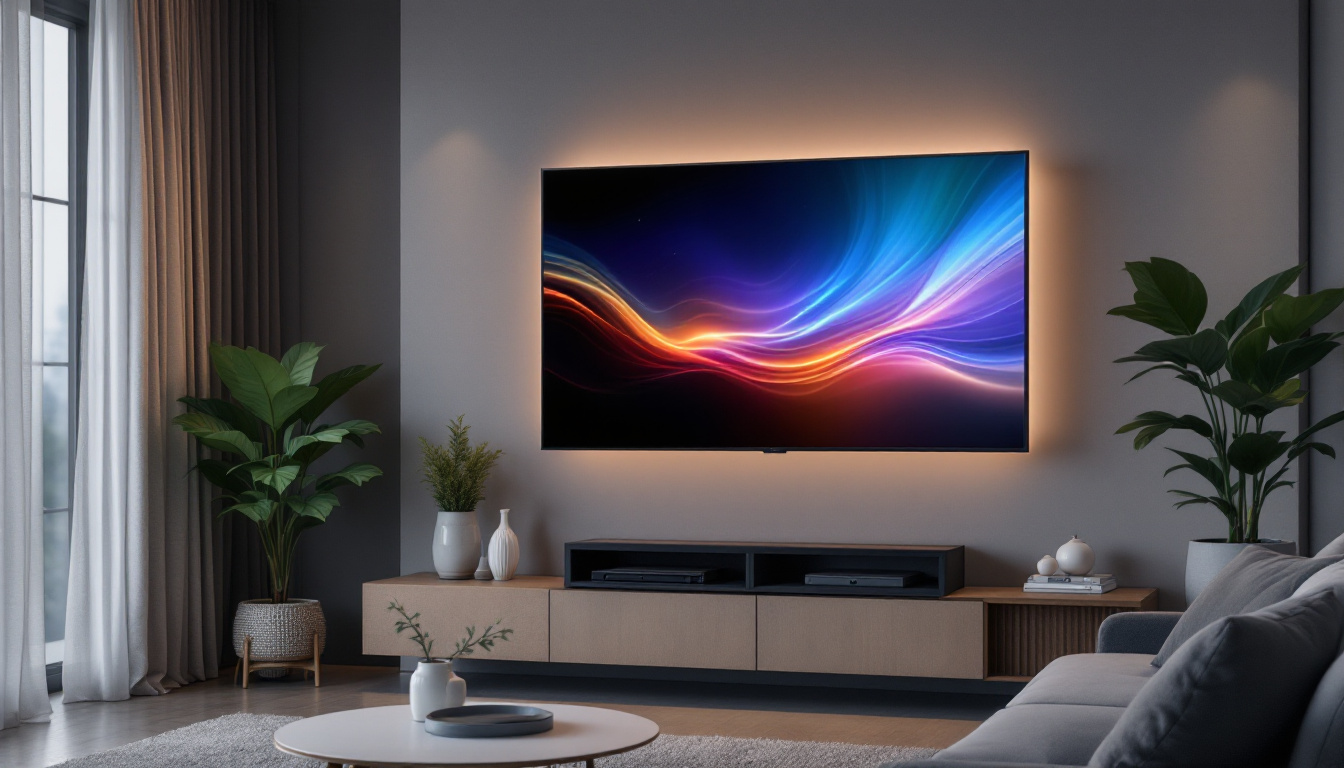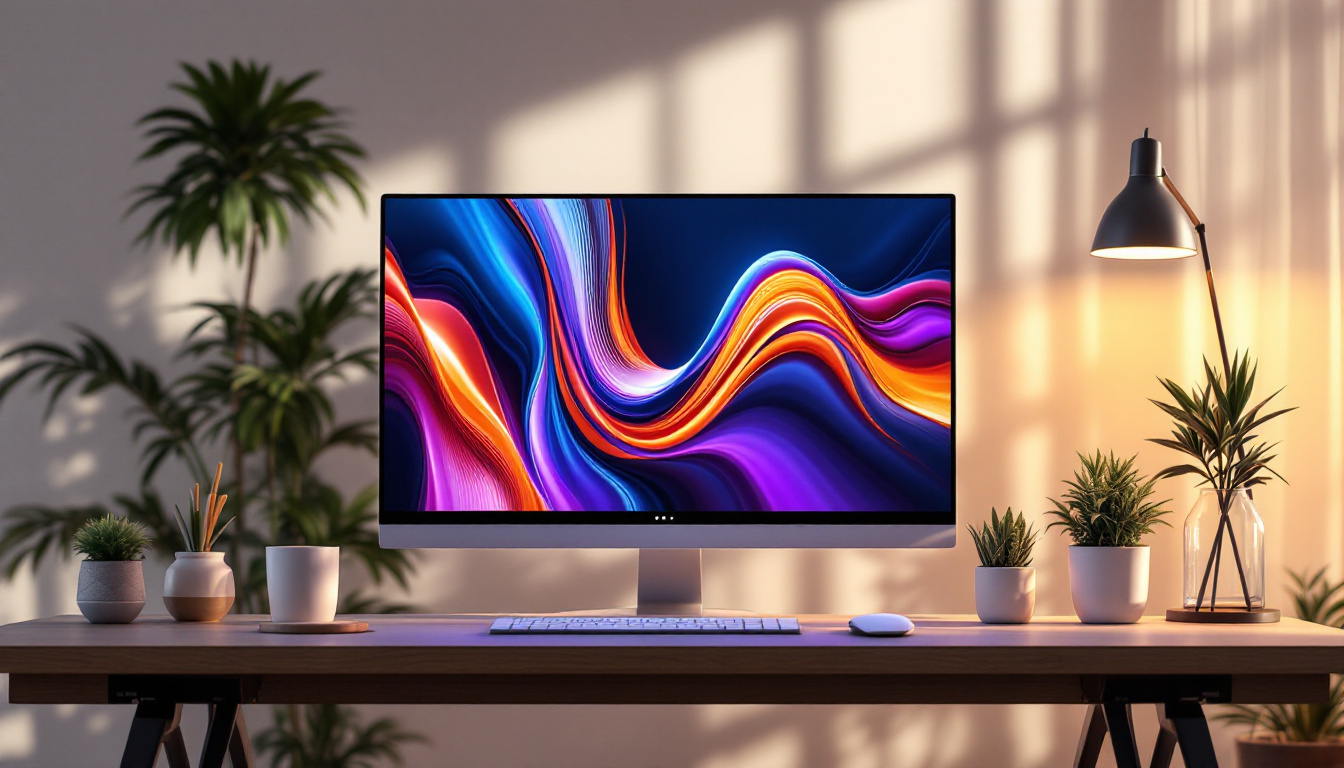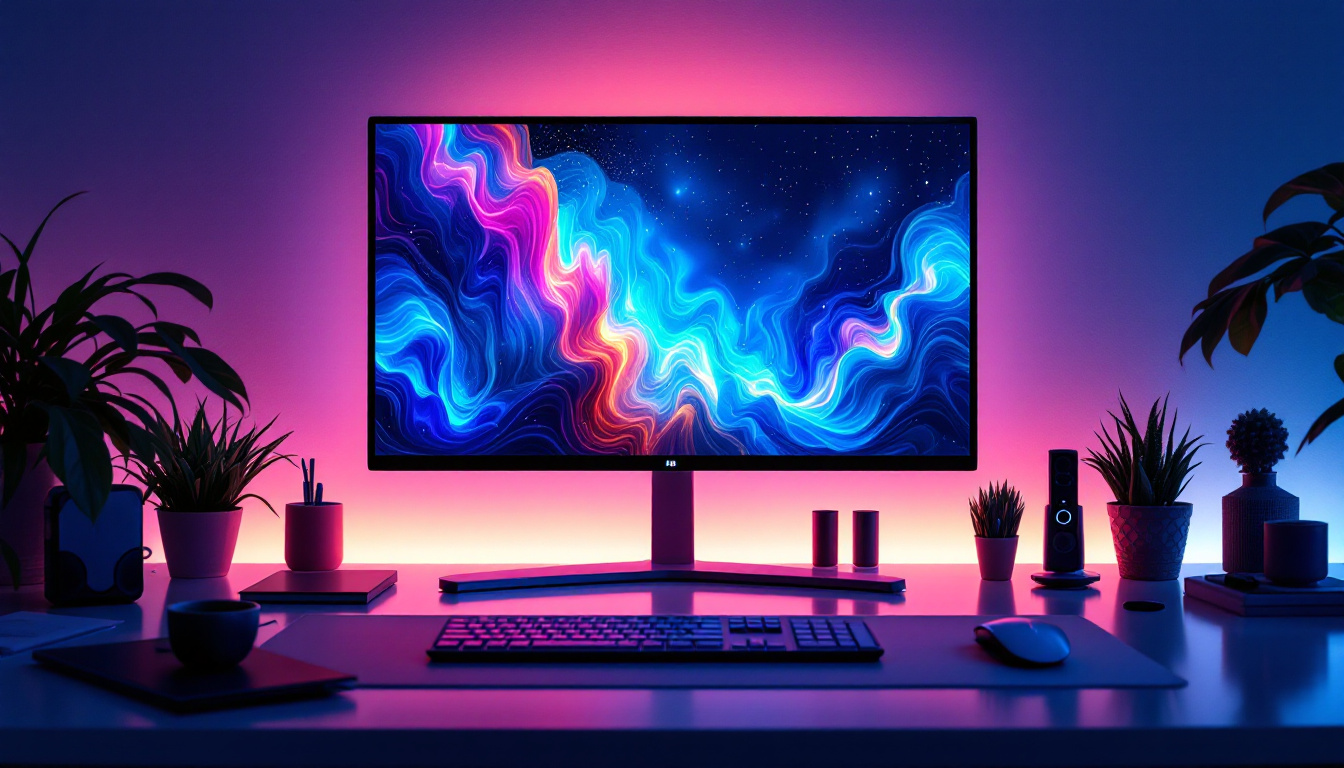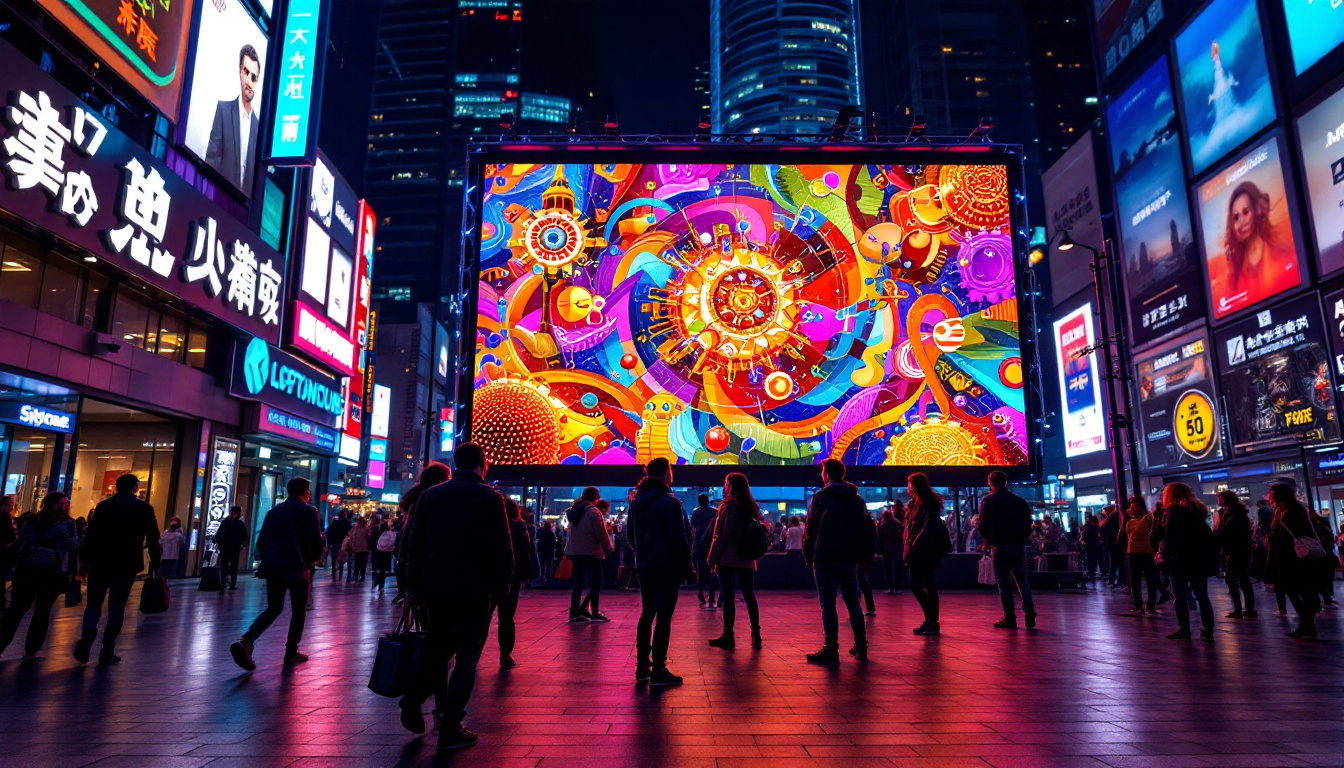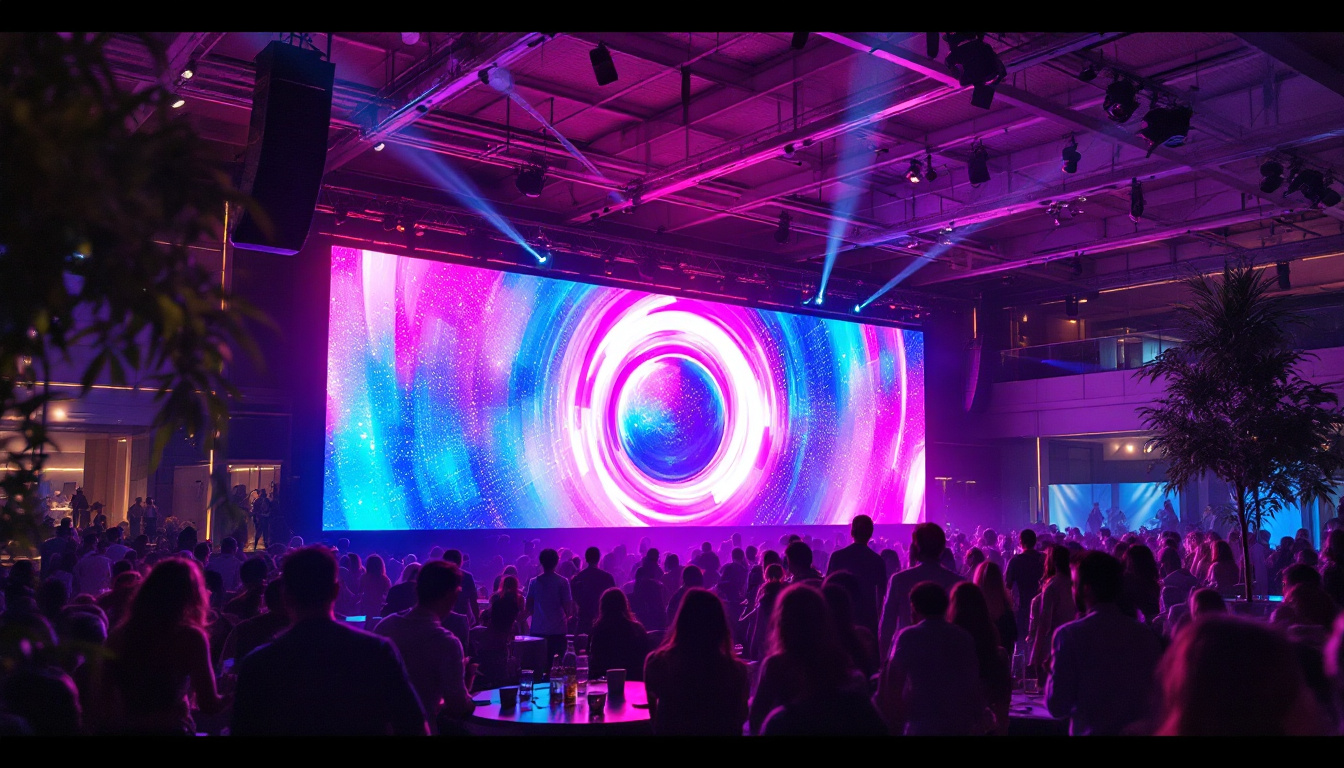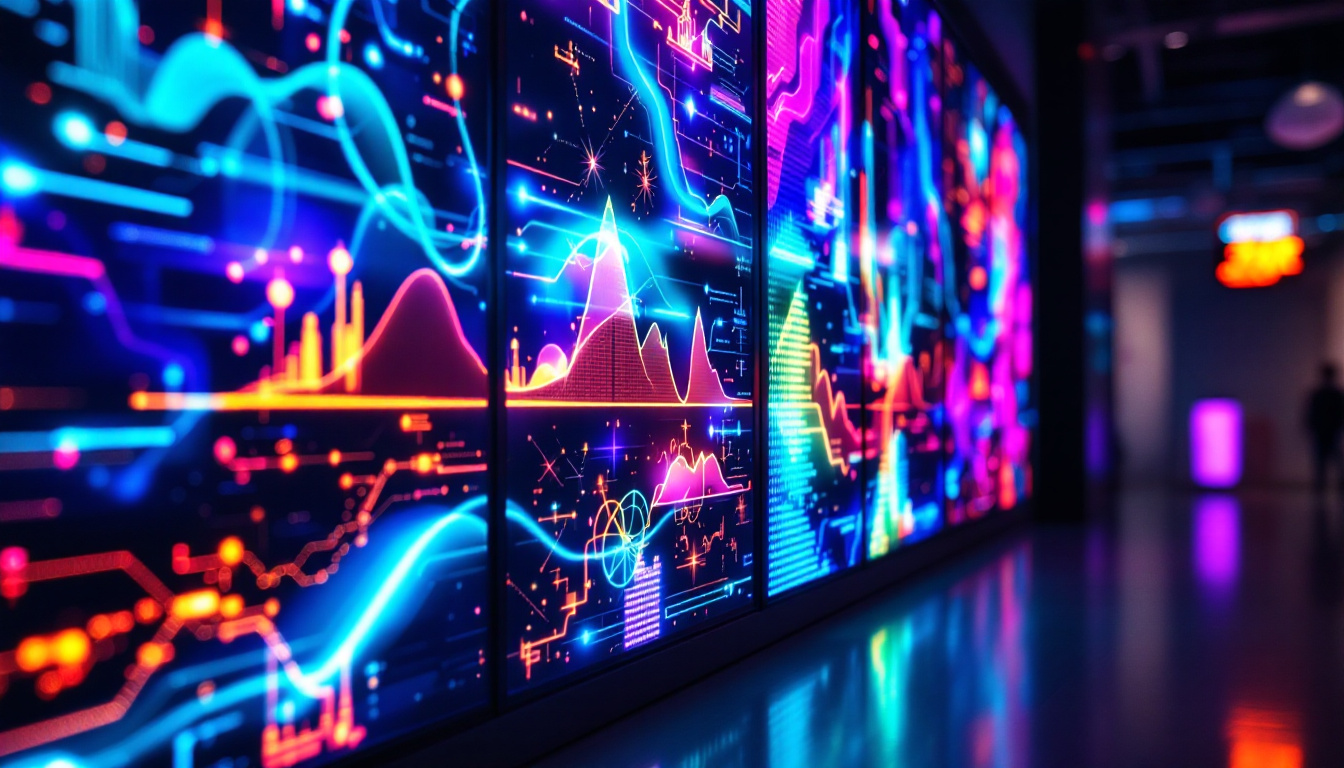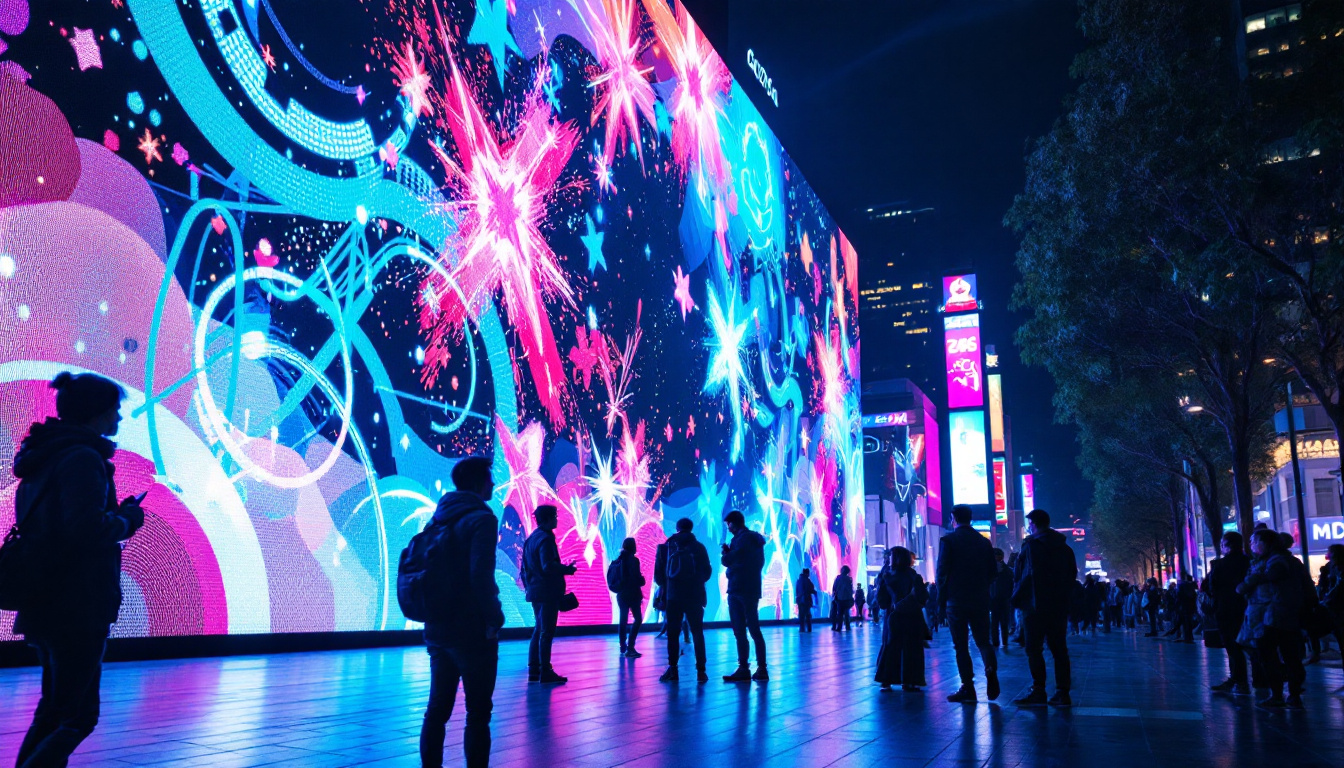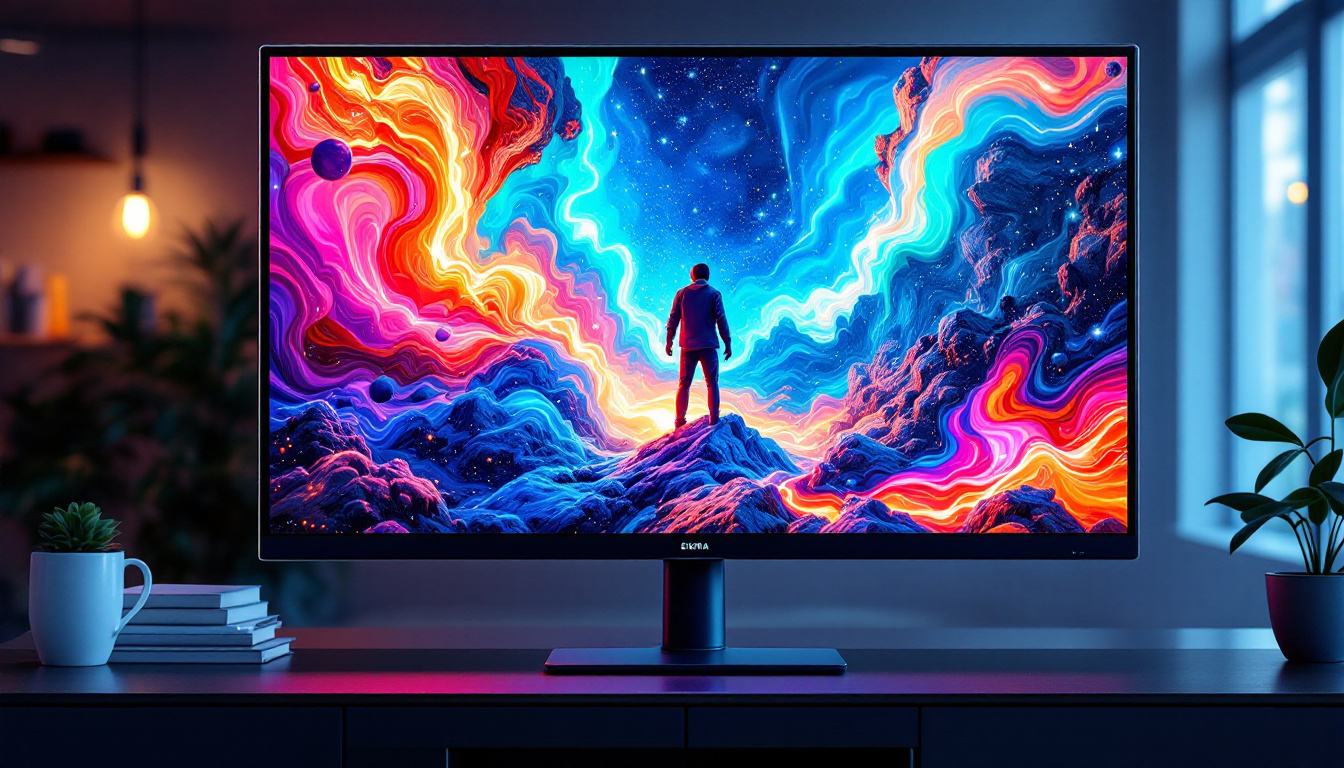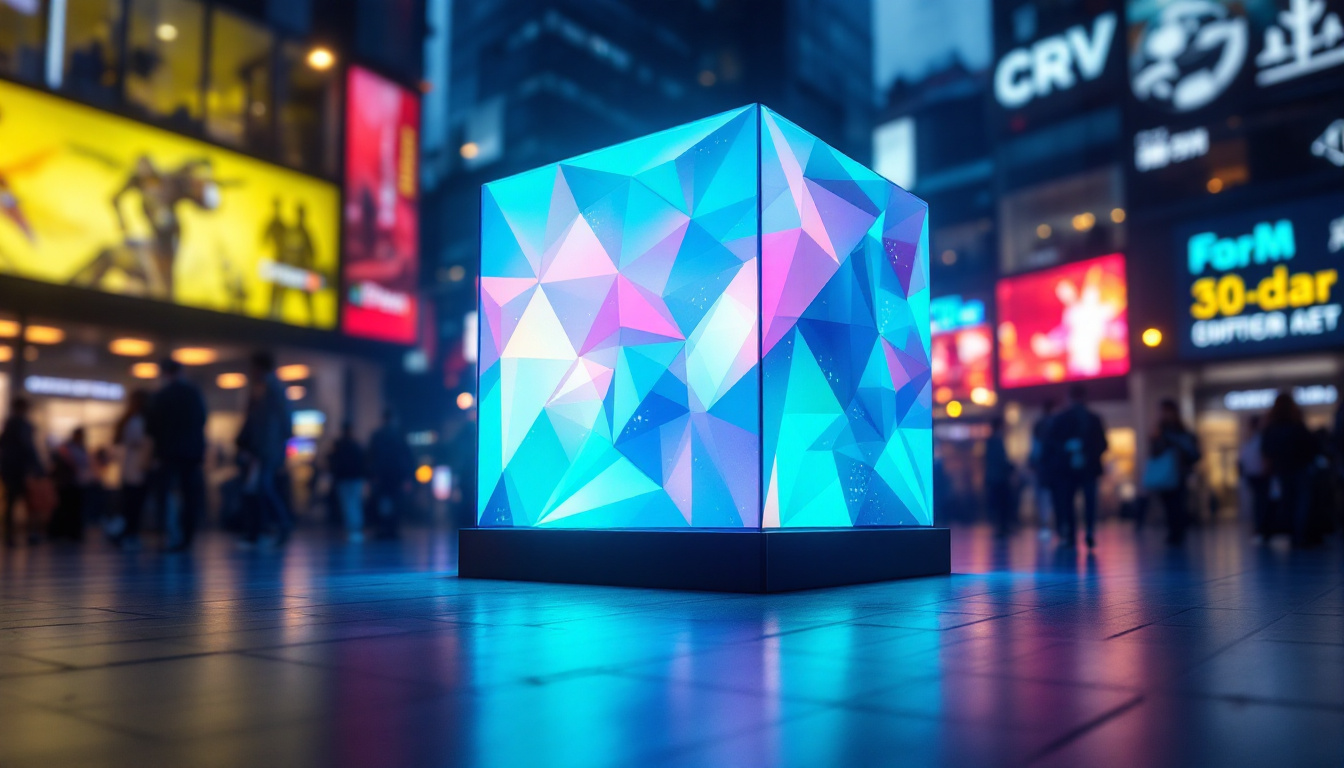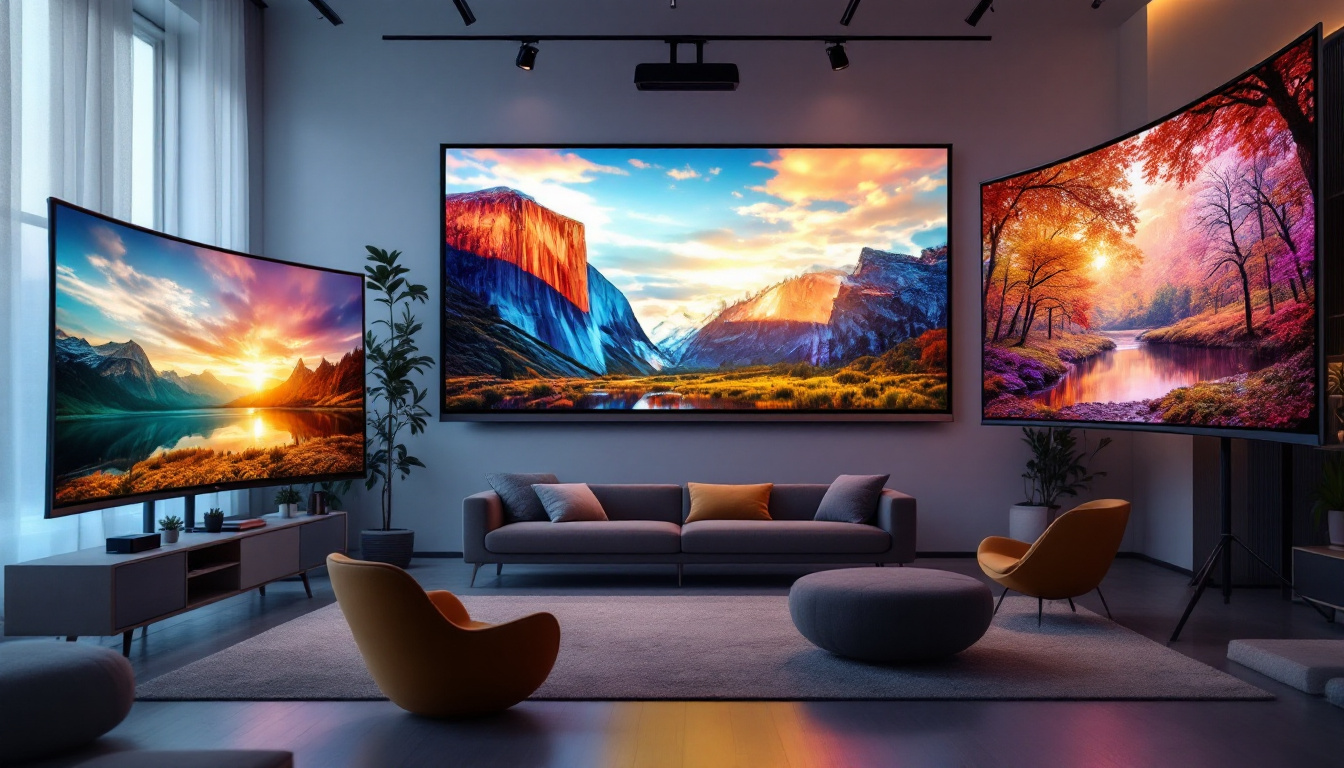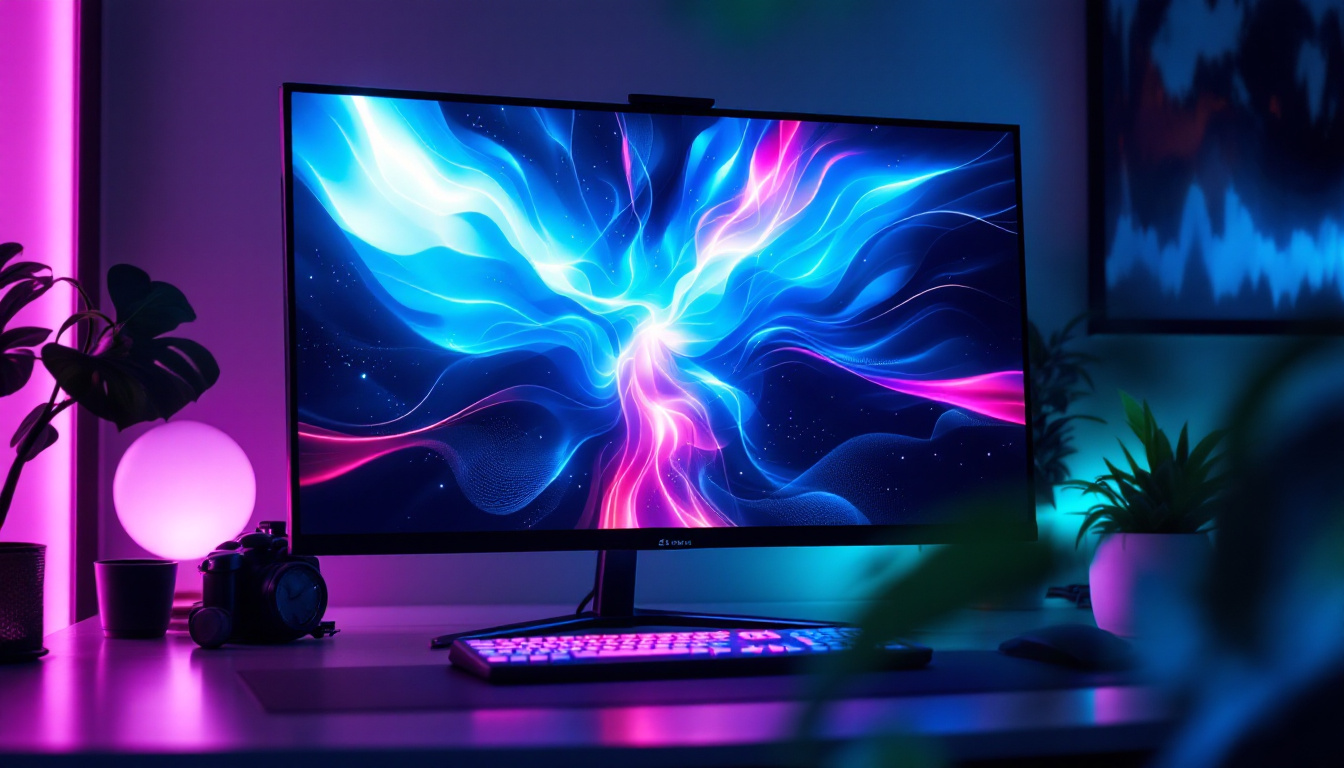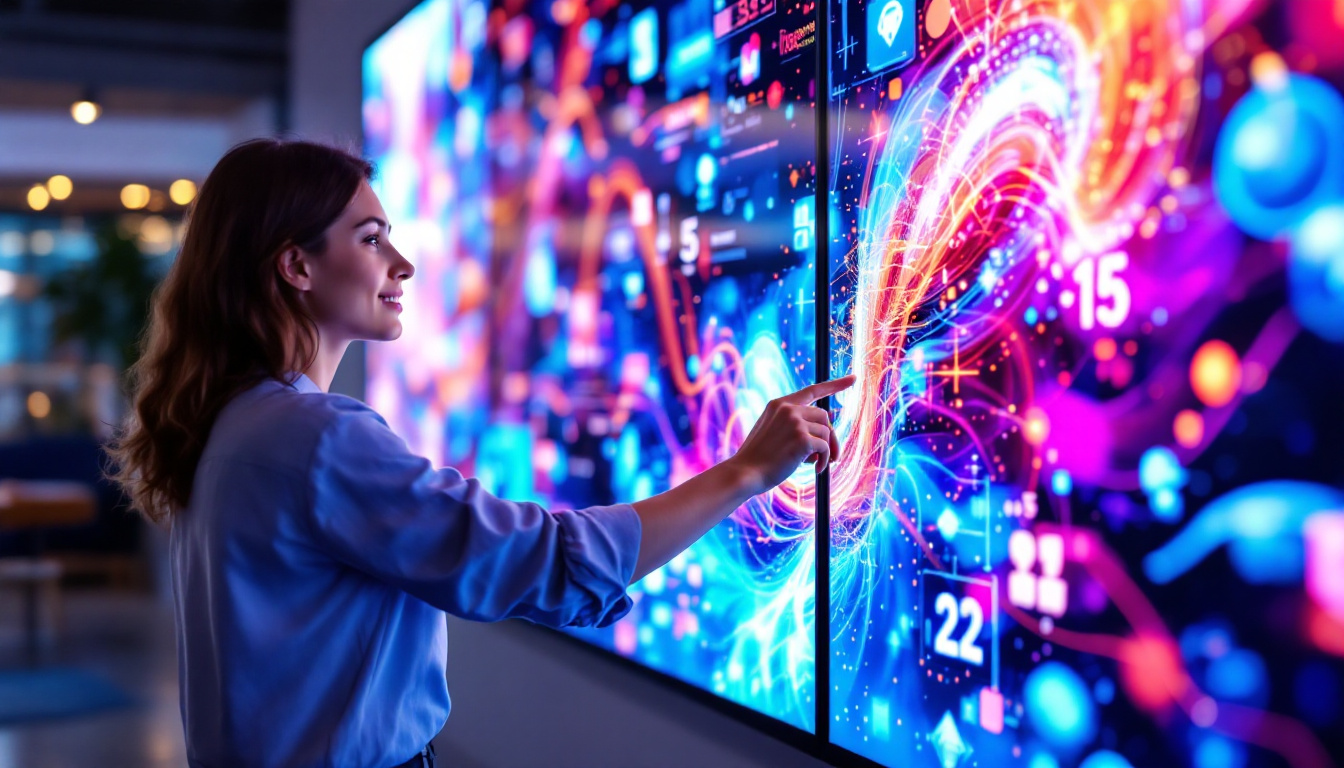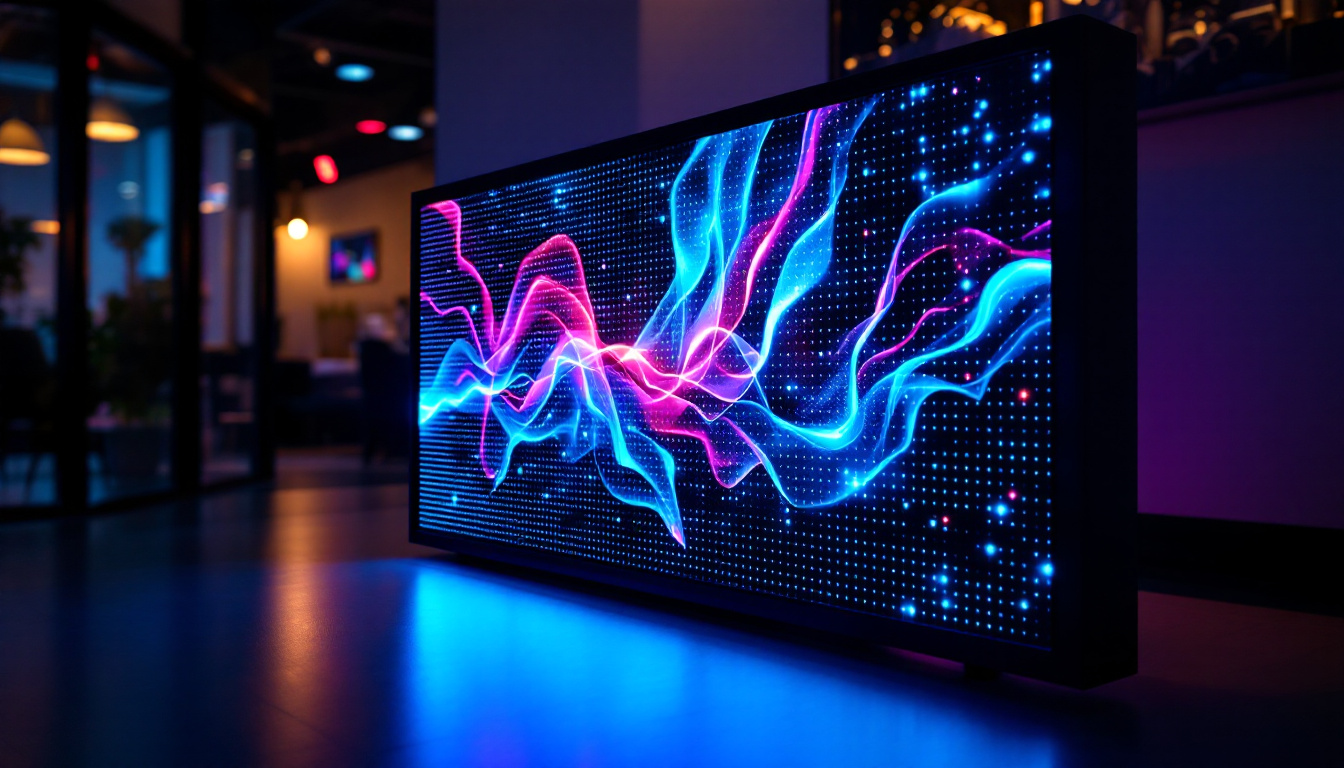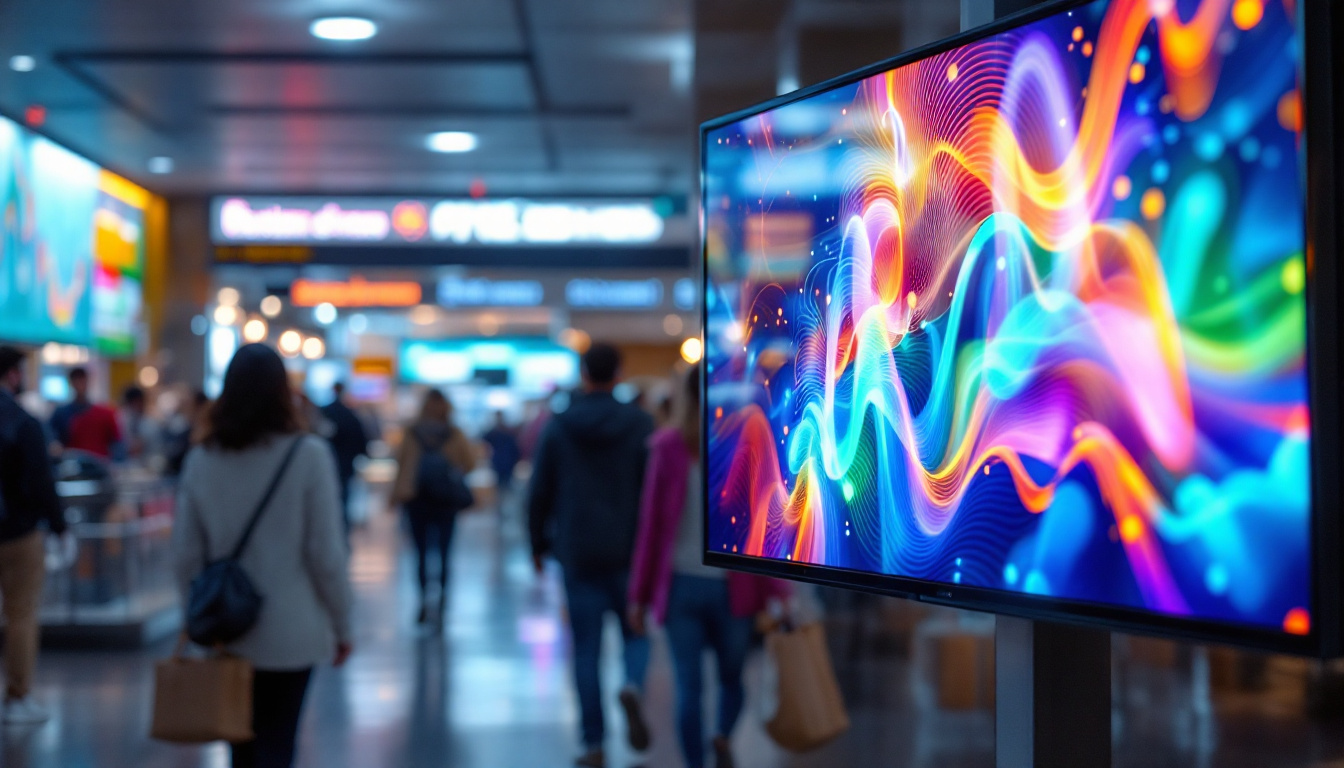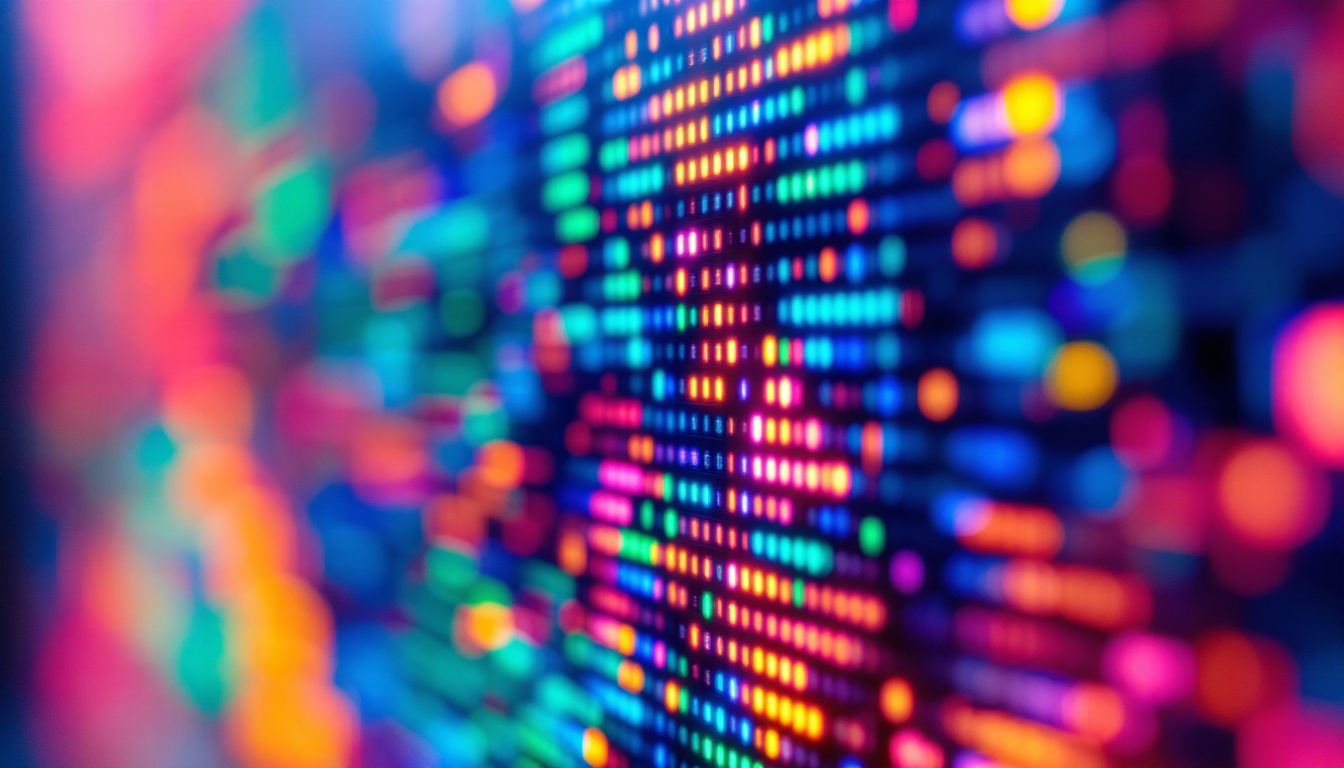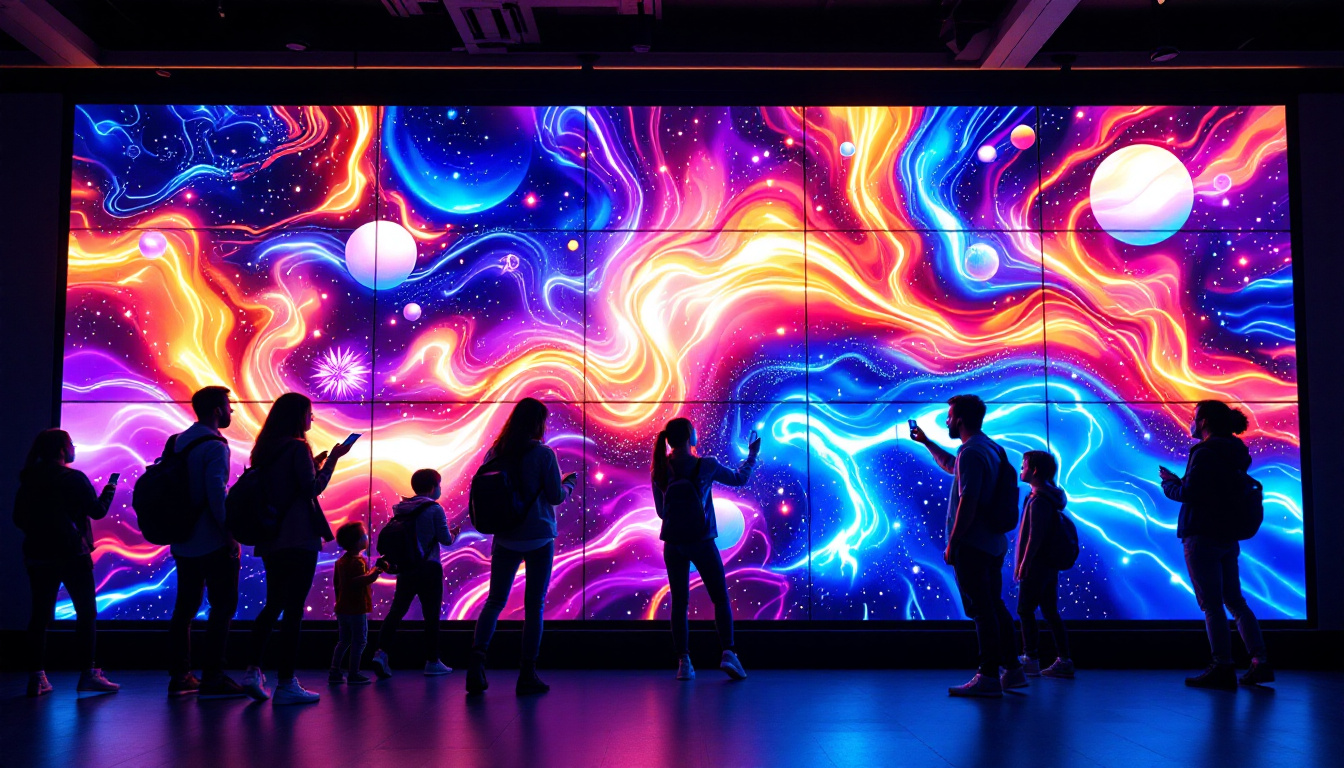In the rapidly evolving world of technology, LED displays have emerged as a game-changer in various sectors, including advertising, entertainment, and information dissemination. Av Tech Media Solutions has been at the forefront of this innovation, providing high-quality LED display solutions tailored to meet diverse needs. This article delves into the intricacies of LED displays, their applications, and the advantages they offer.
Understanding LED Technology
Light Emitting Diodes (LEDs) are semiconductor devices that emit light when an electric current passes through them. Unlike traditional incandescent bulbs, LEDs are more energy-efficient, have a longer lifespan, and provide superior brightness and color quality. The technology behind LEDs has advanced significantly, allowing for the creation of vibrant and dynamic displays that can be used in various environments. This efficiency not only reduces energy consumption but also lowers operational costs, making LEDs a preferred choice for both residential and commercial lighting solutions.
The Basics of LED Displays
LED displays are constructed using numerous small LED bulbs arranged in a grid. These bulbs can be controlled individually or in groups, allowing for the display of complex images, videos, and animations. The resolution of an LED display is determined by the number of pixels per square inch, which directly affects the clarity and detail of the images being displayed. Higher pixel density results in sharper images, making it essential for applications that require high-definition visuals, such as digital billboards and sports arenas.
There are two primary types of LED displays: direct view and rear projection. Direct view displays are commonly used for outdoor advertising and large-scale events, while rear projection displays are typically found in indoor settings, such as conference rooms and theaters. Each type has its unique advantages, making them suitable for different applications. For instance, direct view displays are designed to be visible in bright sunlight, while rear projection displays can offer a more immersive experience in controlled lighting environments, enhancing the viewer’s engagement with the content.
How LED Displays Work
LED displays operate by converting electrical energy into light. When an electric current flows through the semiconductor material in the LED, it excites the electrons, causing them to emit photons. The color of the light emitted depends on the materials used in the semiconductor. By combining red, green, and blue LEDs, a full spectrum of colors can be produced, enabling the display of vivid images and videos. This RGB color mixing is fundamental to achieving the desired visual effects and is a key reason why LED technology is favored in modern display systems.
The control systems for LED displays are equally sophisticated. They utilize software to manage the content being displayed, allowing for real-time updates and changes. This capability is particularly beneficial for applications such as digital signage, where timely information is crucial. Additionally, advanced control systems can incorporate features like scheduling, remote management, and integration with social media feeds, allowing businesses to engage their audience dynamically and effectively. As technology continues to evolve, the potential applications for LED displays expand, paving the way for innovations in advertising, entertainment, and information dissemination.
Applications of LED Displays
LED displays have found their way into various industries, each benefiting from the technology’s versatility and effectiveness. From advertising to entertainment, the applications are vast and varied.
Advertising and Marketing
One of the most prominent uses of LED displays is in advertising and marketing. Businesses leverage these displays to capture the attention of potential customers with bright, dynamic content. Outdoor LED billboards can be seen in urban areas, showcasing advertisements that change frequently to keep the content fresh and engaging.
Additionally, retail stores utilize LED displays for in-store promotions, displaying product information, and enhancing the shopping experience. The ability to update content remotely allows businesses to tailor their messages to specific audiences and times, maximizing the impact of their advertising efforts.
Entertainment and Events
In the entertainment industry, LED displays play a crucial role in enhancing visual experiences. Concerts, sports events, and festivals often feature large LED screens that display live feeds, graphics, and animations, immersing the audience in the experience. These displays can be configured to create stunning visual effects, adding to the overall atmosphere of the event.
Moreover, indoor venues such as theaters and auditoriums utilize LED screens for stage backdrops and presentations. The high resolution and brightness of LED displays ensure that audiences can see the content clearly, regardless of their seating position.
Information Dissemination
LED displays are also widely used for information dissemination in public spaces. Airports, train stations, and bus terminals employ LED screens to provide real-time updates on schedules, delays, and other important information. The clarity and visibility of LED displays make them ideal for conveying critical messages in busy environments.
Educational institutions have also adopted LED technology for displaying announcements and educational content. Digital signage in schools and universities helps keep students informed and engaged, fostering a more interactive learning environment.
Advantages of LED Displays
The popularity of LED displays can be attributed to several advantages they offer over traditional display technologies. Understanding these benefits can help businesses and organizations make informed decisions when considering LED solutions.
Energy Efficiency
One of the most significant advantages of LED displays is their energy efficiency. LEDs consume significantly less power compared to traditional lighting technologies, resulting in lower electricity bills and a reduced carbon footprint. This energy efficiency makes LED displays an attractive option for businesses looking to minimize operational costs while promoting sustainability.
Longevity and Durability
LED displays are known for their longevity, often lasting tens of thousands of hours before requiring replacement. This durability translates to lower maintenance costs and less frequent replacements, making them a cost-effective investment in the long run. Furthermore, LED technology is resistant to shock and vibration, making it suitable for outdoor applications where environmental factors can pose challenges.
High Brightness and Contrast
LED displays provide exceptional brightness and contrast, ensuring that content remains visible even in bright sunlight. This quality is particularly important for outdoor advertising, where visibility is crucial for capturing the attention of passersby. The ability to display vibrant colors and sharp images enhances the overall viewing experience, making LED displays a preferred choice for many applications.
Choosing the Right LED Display
When considering an LED display, several factors should be taken into account to ensure that the chosen solution meets specific requirements. Understanding these factors can help businesses make informed decisions and maximize the benefits of LED technology.
Resolution and Pixel Pitch
Resolution is a critical factor when selecting an LED display. Higher resolution displays offer greater detail and clarity, making them ideal for applications where close viewing is expected. Pixel pitch, which refers to the distance between the centers of adjacent pixels, also plays a significant role in determining the display’s resolution. A smaller pixel pitch results in a higher resolution, making it more suitable for indoor applications where viewers are closer to the screen.
Size and Configuration
The size of the LED display should be determined based on the intended application and viewing distance. Larger displays are ideal for outdoor advertising, while smaller configurations may be more appropriate for indoor settings. Additionally, the flexibility of LED displays allows for various configurations, such as curved or modular designs, enabling businesses to create unique visual experiences tailored to their needs.
Content Management Systems
A robust content management system (CMS) is essential for effectively managing the content displayed on LED screens. A good CMS allows for easy updates, scheduling, and remote management, ensuring that businesses can keep their messages current and relevant. When selecting an LED display, it is crucial to consider the compatibility and features of the CMS to ensure seamless operation.
Future Trends in LED Display Technology
The LED display industry is continually evolving, with advancements in technology paving the way for new possibilities. Keeping an eye on these trends can help businesses stay ahead of the curve and leverage the latest innovations.
Advancements in MicroLED Technology
MicroLED technology is one of the most exciting developments in the LED display space. This technology utilizes tiny LEDs to create displays with incredible resolution and color accuracy. MicroLED displays are expected to become more mainstream in the coming years, offering enhanced performance for both indoor and outdoor applications.
Integration with Smart Technologies
As smart technology continues to gain traction, LED displays are increasingly being integrated with IoT (Internet of Things) capabilities. This integration allows for real-time data analysis and content customization based on audience behavior and preferences. Businesses can leverage this technology to create more engaging and targeted advertising experiences.
Sustainability Initiatives
With growing concerns about environmental impact, the LED display industry is focusing on sustainability initiatives. Manufacturers are exploring eco-friendly materials and production processes to reduce waste and energy consumption. As consumers become more environmentally conscious, businesses that prioritize sustainability in their LED display solutions are likely to gain a competitive edge.
Conclusion
LED displays have revolutionized the way information is communicated and experiences are enhanced across various industries. With their energy efficiency, longevity, and superior visual quality, they offer significant advantages over traditional display technologies. As the demand for dynamic and engaging content continues to rise, businesses must consider the potential of LED displays to elevate their marketing and communication strategies.
Av Tech Media Solutions stands ready to assist organizations in navigating the world of LED technology, providing tailored solutions that meet specific needs. By understanding the intricacies of LED displays, businesses can make informed decisions that not only enhance their visibility but also contribute to a more sustainable future.
In a world where attention is currency, investing in high-quality LED displays is not just a trend—it’s a strategic move that can set businesses apart in an increasingly competitive landscape.
Discover LumenMatrix’s Innovative LED Solutions
Ready to transform your space with the power of LED technology? LumenMatrix is at the cutting edge of LED display innovation, offering a wide array of solutions that cater to your unique needs. Whether you’re looking for an Indoor LED Wall Display, an eye-catching Outdoor LED Wall Display, or specialized options like Vehicle LED Displays and LED Sports Displays, LumenMatrix has the expertise to bring your vision to life. Experience the difference with our LED Poster Displays, Floor LED Displays, Custom LED Displays, All-in-One LED Displays, and LED Transparent Displays. Elevate your brand’s presence and captivate your audience with unparalleled visual experiences. Check out LumenMatrix LED Display Solutions today and see how we can help you make a lasting impression.

